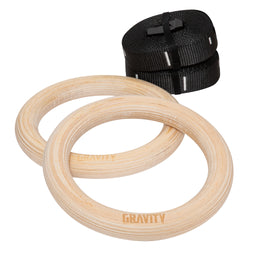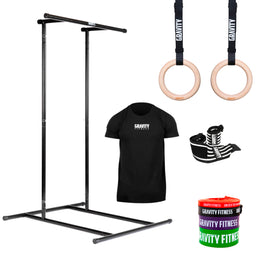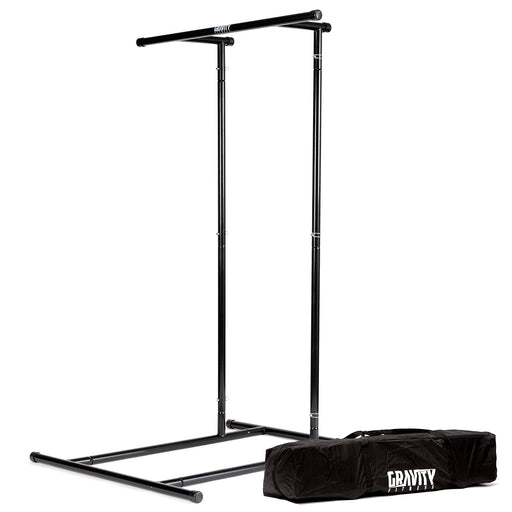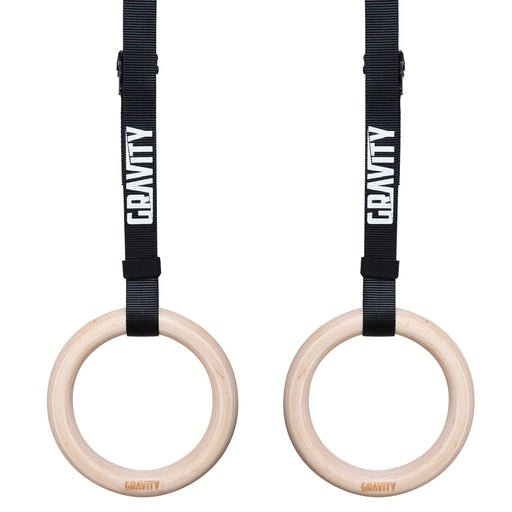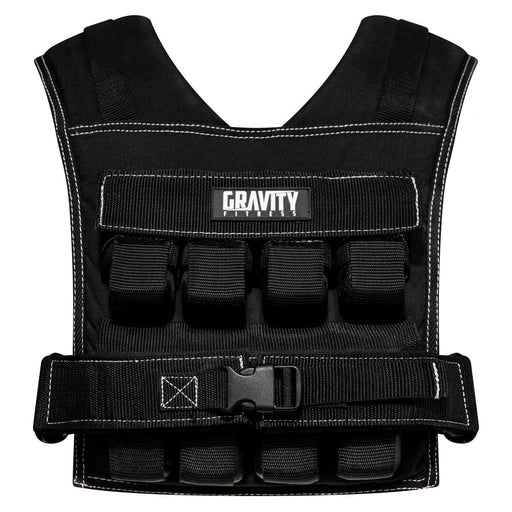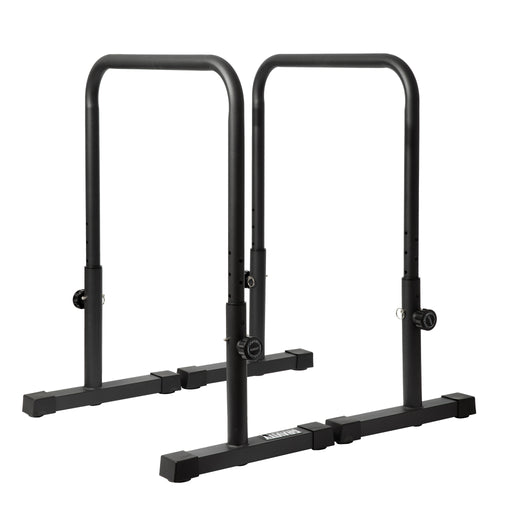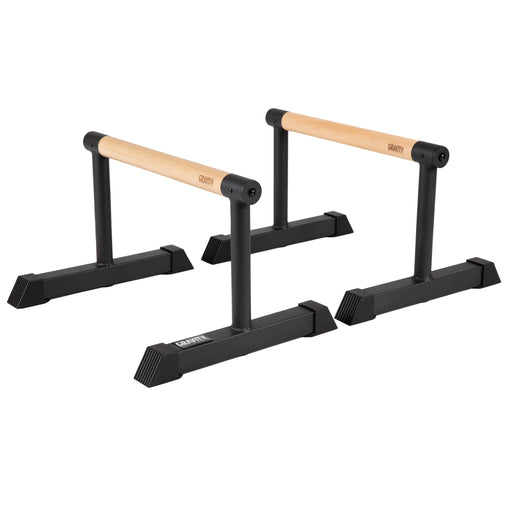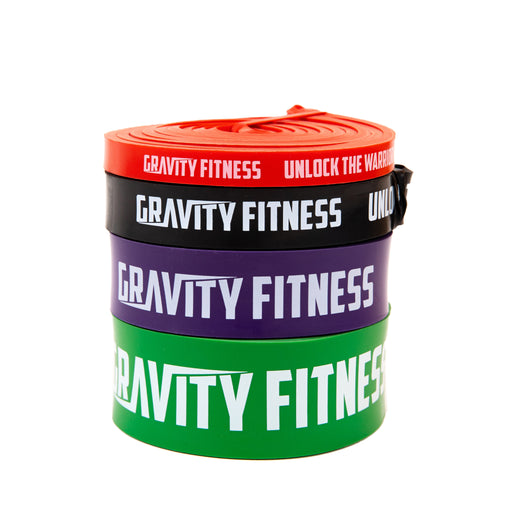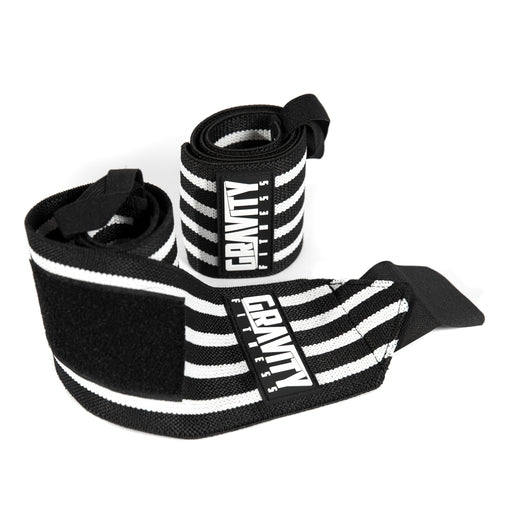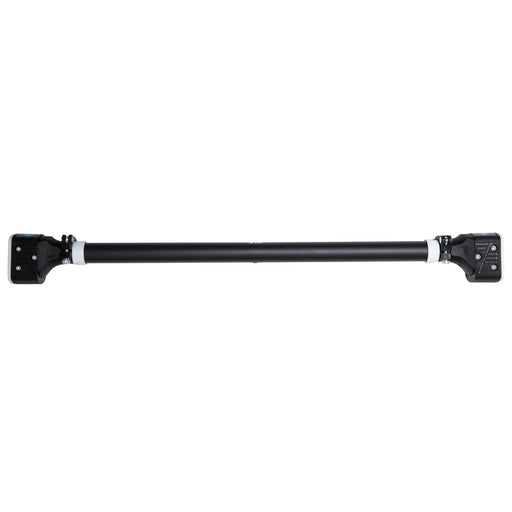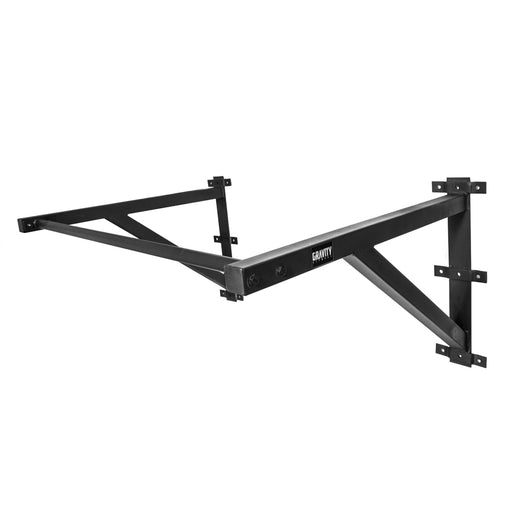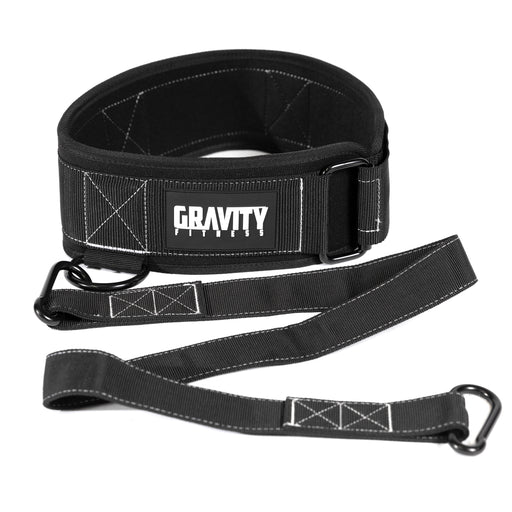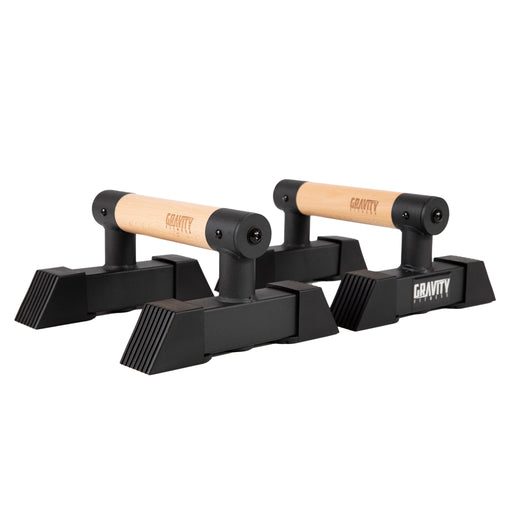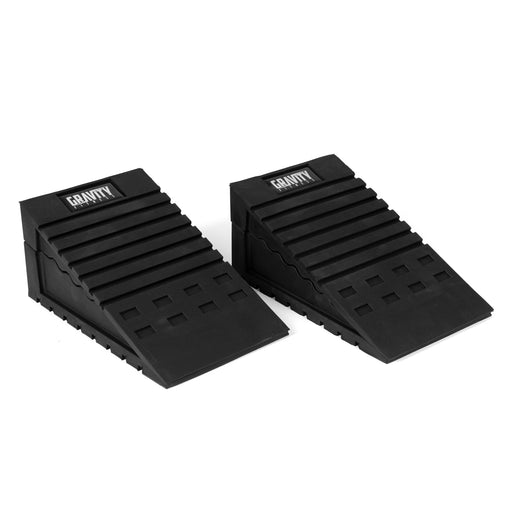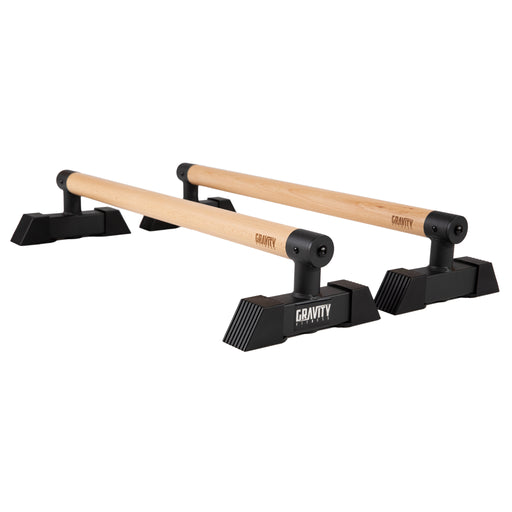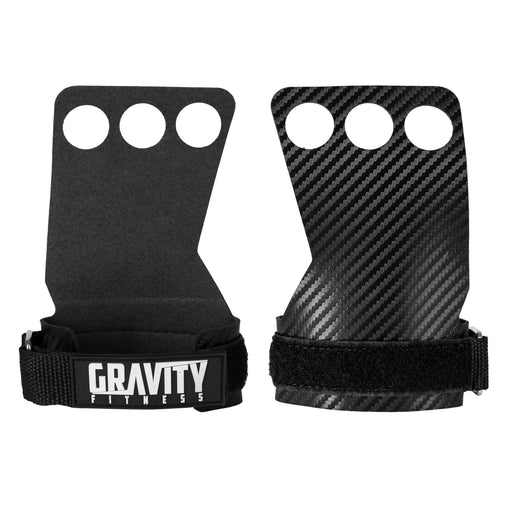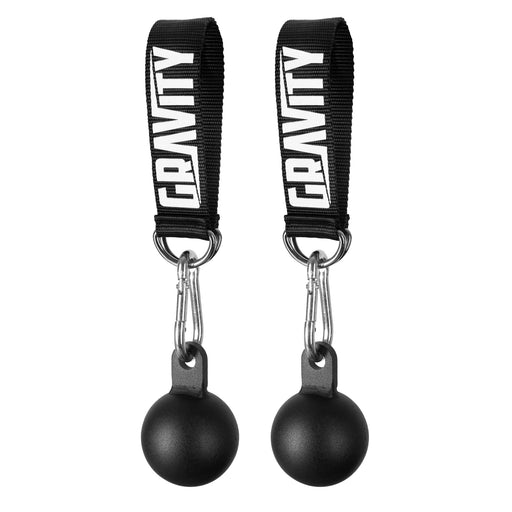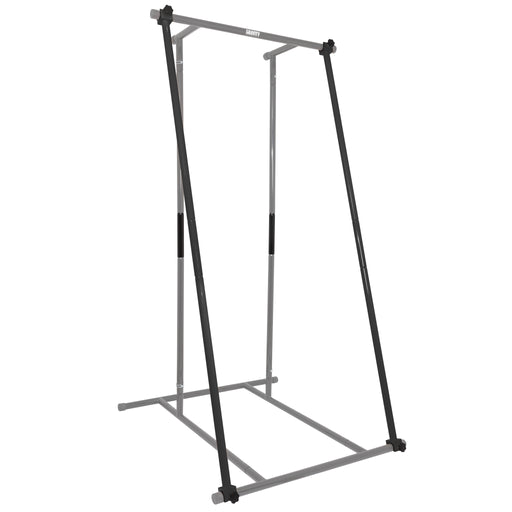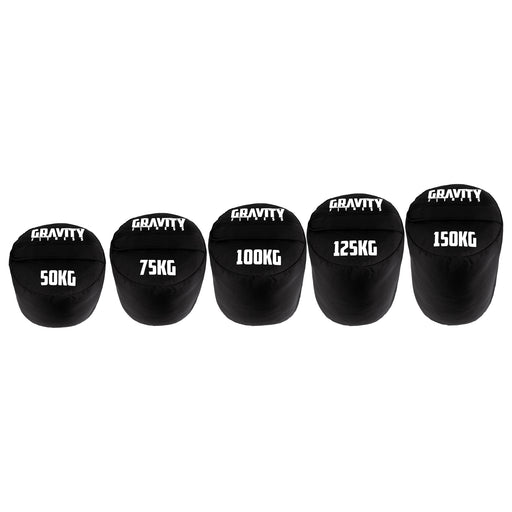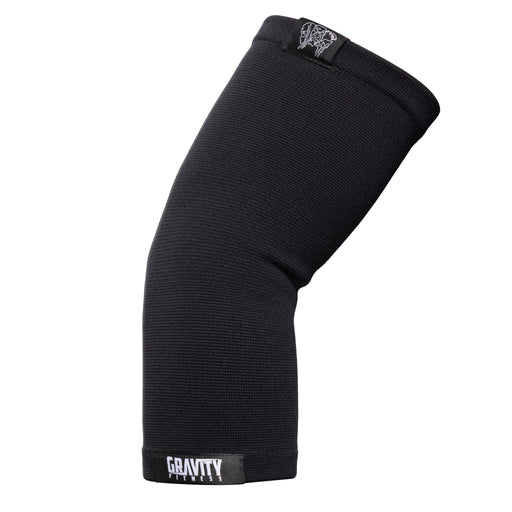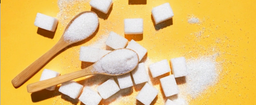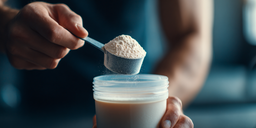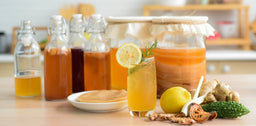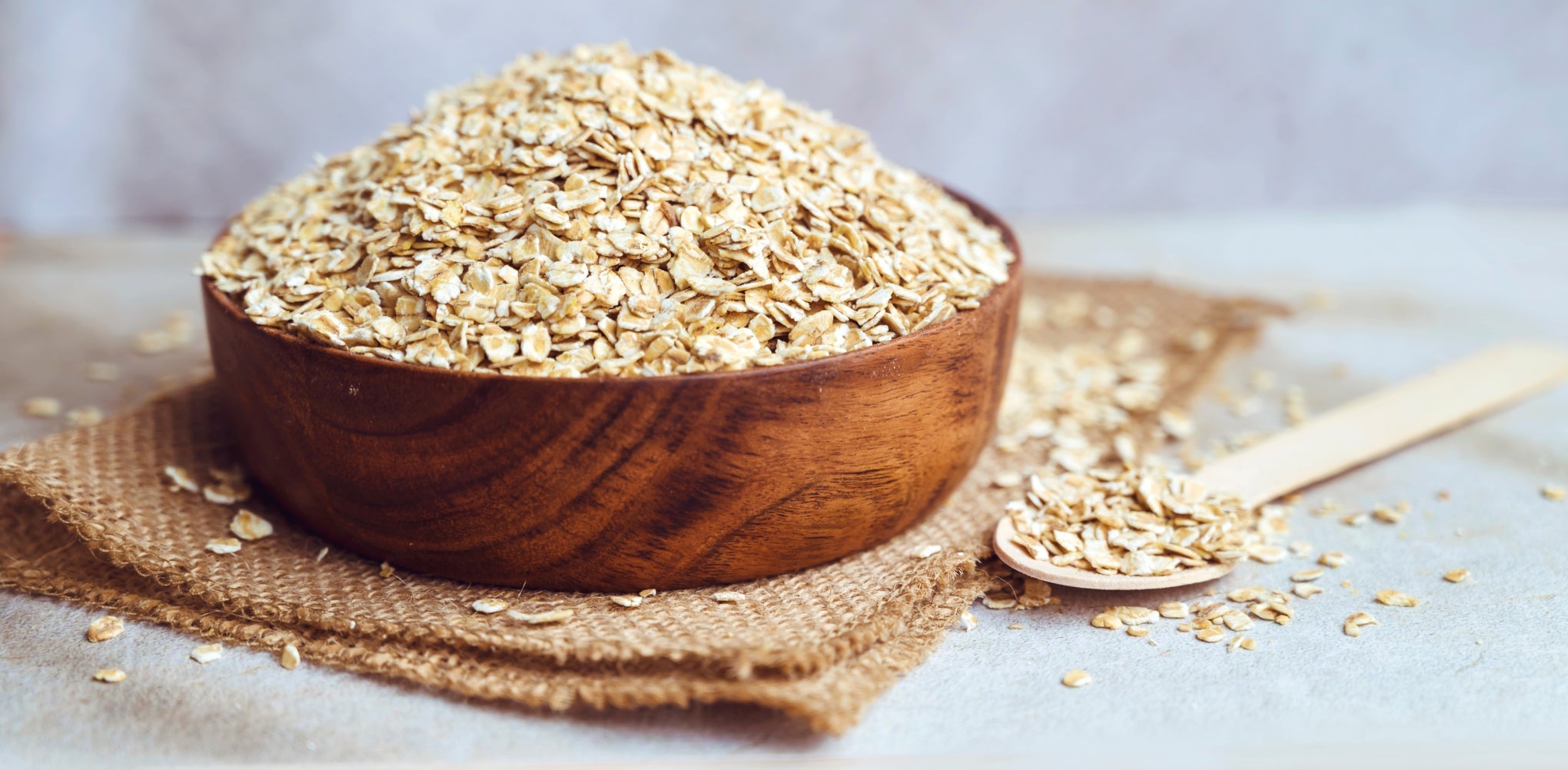
Is Fibre the New Protein?
Remember when protein was the main macro people talked about? Every new product was “high protein” and people panicked if they didn’t hit their numbers. Well, there's a new kid on the nutrition block. Fibre.
Is fibre just another nutrition trend, or do we need to pay attention?
Why is Fibre So Popular?
The recent focus on fibre isn’t random, it’s common sense. We're finally understanding that gut health affects everything from immunity to mood, and fibre is crucial for digestive health.
And most of us don’t get enough of it (or enough variety). While everyone was obsessing over protein, fibre remained the nutrient that impacts digestion, energy, and hunger. Issues that many people accept as normal are often linked to inadequate fibre intake.
The fitness world is also catching on to fibre's role in body composition. It helps with satiety, blood sugar control, and can even influence how many calories your body absorbs from food.
Is Fibre a Trend?
Calling fibre a trend is a bit like calling water a trend. Humans have been eating high-fibre foods for thousands of years. What's actually a trend is our current highly processed way of eating, which tends to be low in dietary fibre.
Traditional diets were naturally high in fibre because people ate whole foods out of necessity. Our grandparents weren't counting fibre grams, but they were probably porridge for breakfast, local veg, and bread made from whole grains.
The current fibre focus is a return to what our digestive systems evolved to handle. So while the marketing around fibre might be trendy, the need for it is as old as the hills.
How Much Dietary Fibre Do We Need?
The official recommendation is around 30g per day for adults, but most people are getting about half that.
The key is to gradual increase fibre so your gut bacteria can adapt. If you're getting 15g and jump to 30g, you're going to feel pretty uncomfortable. And consistency is more important than an exact number. Your digestive system thrives on routine, so regular fibre intake beats sporadic high doses.
Do You Need Fibre Products or Supplements?
One reason you might think fibre is a trend is current product marketing. There’s been a surge in fibre supplements (and even fizzy drinks with fibre). The marketing suggests you can't get enough fibre without them, but that's not true.
Whole food sources of fibre come with bonus micronutrients and other compounds that work together. A supplement might give you the fibre, but it won't give you the complete package.
That said, if you're struggling to get adequate fibre from food alone, supplements can be a useful bridge. Just don't rely on them as a permanent solution if a few small changes to your diet would be better.
Do You Need Different Types of Fibre?
· Soluble fibre dissolves in water and helps control blood sugar and cholesterol.
· Insoluble fibre doesn't dissolve and helps keep things moving through your digestive system.
Eating a variety of plant foods naturally gives you both types. Oats and beans are high in soluble fibre, while whole grains and vegetables provide more insoluble fibre. Your gut bacteria also prefer variety, so mixing up your fibre sources keeps your microbiome happy and diverse.
3 Ways to Get Fibre In Your Daily Diet
Breakfast
Start your day with fibre-rich foods to get ahead of the game. Porridge with berries, wholemeal toast, or adding ground flaxseed to your breakfast will make a difference.
Meals
Make vegetables more than an afterthought – stir fries, soups, big salads, roasted veg, traybakes are all ways to eat more variety of veg.
Swap refined grains for whole versions (brown or wild rice, wholegrain pasta, wholegrain breads).
Add beans, legumes, and pulses to meals when you can. All kinds are good.
Snacks
Snack strategically to increase your fibre intake. Instead of processed snacks, try apple slices, satsumas, chopped veg crudites, some seeds and/or nuts.
10 Best Fibre Foods Instead of Supplements
-
Oats – Cheap, versatile, and high in beta-glucan, a particularly beneficial type of soluble fibre.
-
Beans and lentils – plant protein and fibre in one, plus they're filling and budget-friendly.
-
Apples with skin – convenient, portable, and the skin contains most of the fibre.
-
Broccoli – high in fibre plus loads of vitamins and minerals.
-
Avocados – surprisingly high in fibre and provides healthy fats.
-
Chia seeds – easy to add to almost anything and expands in liquid to help with satiety.
-
Sweet potatoes – more fibre than white potatoes plus beta-carotene and other nutrients.
-
Almonds – great for snacking and provide protein, healthy fats, and fibre.
-
Pears – one medium pear gives you about 6g of fibre, plus they're naturally sweet.
-
Wholegrain bread – look for visible seeds and grains rather than just brown bread.
Is Fibre Important?
Protein isn’t going anywhere (and we definitely still need to think about it). But fibre deserves a seat at the nutritional table.
Focusing on fibre will naturally lead you toward better food choices. You can't get significant amounts of fibre from processed foods, so prioritising fibre always means eating more fruit, veg, wholegrains and other natural wholefoods.
Rather than getting caught up in trends, focus on eating a variety of whole foods – your gut health, energy levels, and long-term health will all benefit. No supplements needed!












